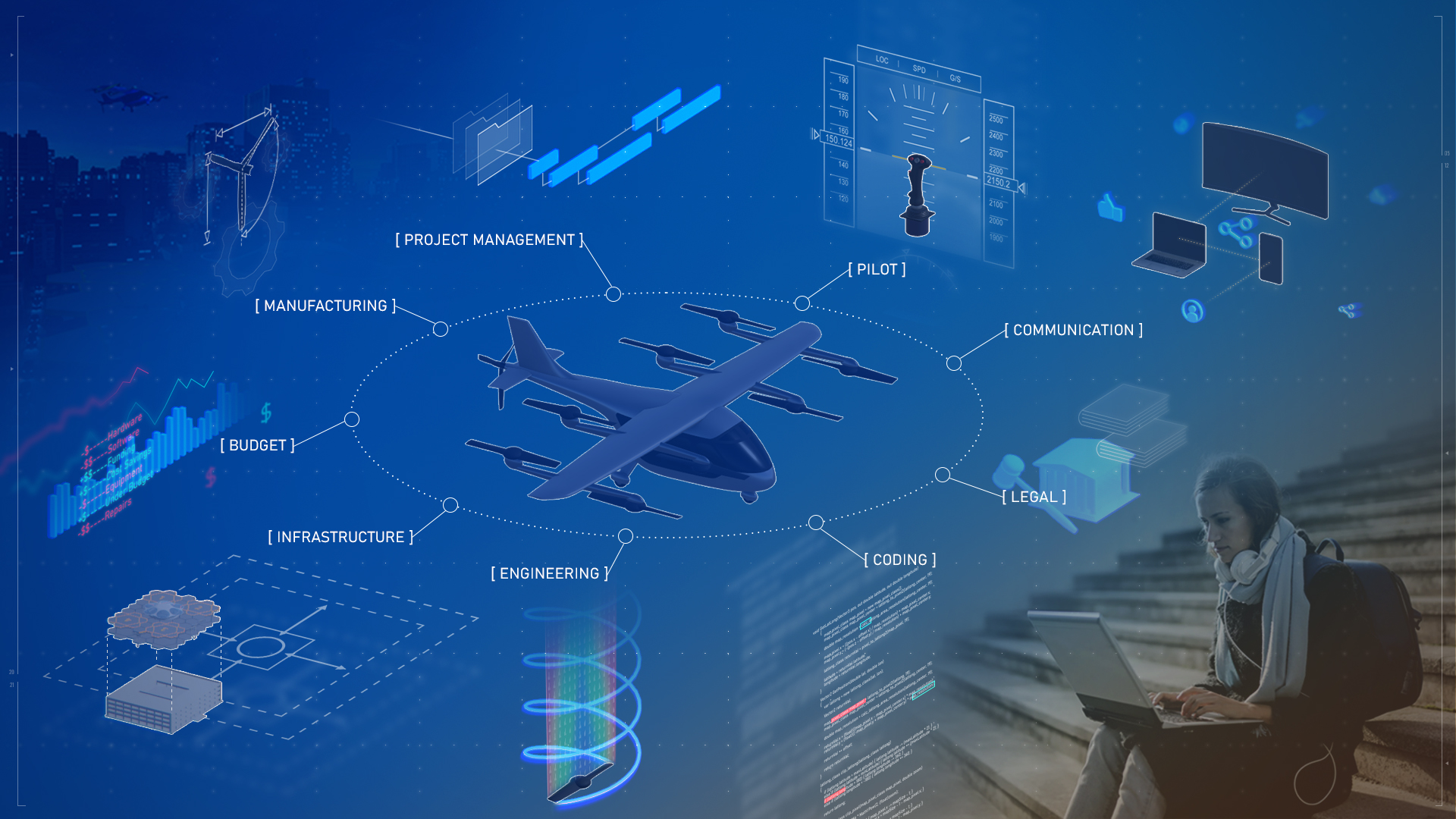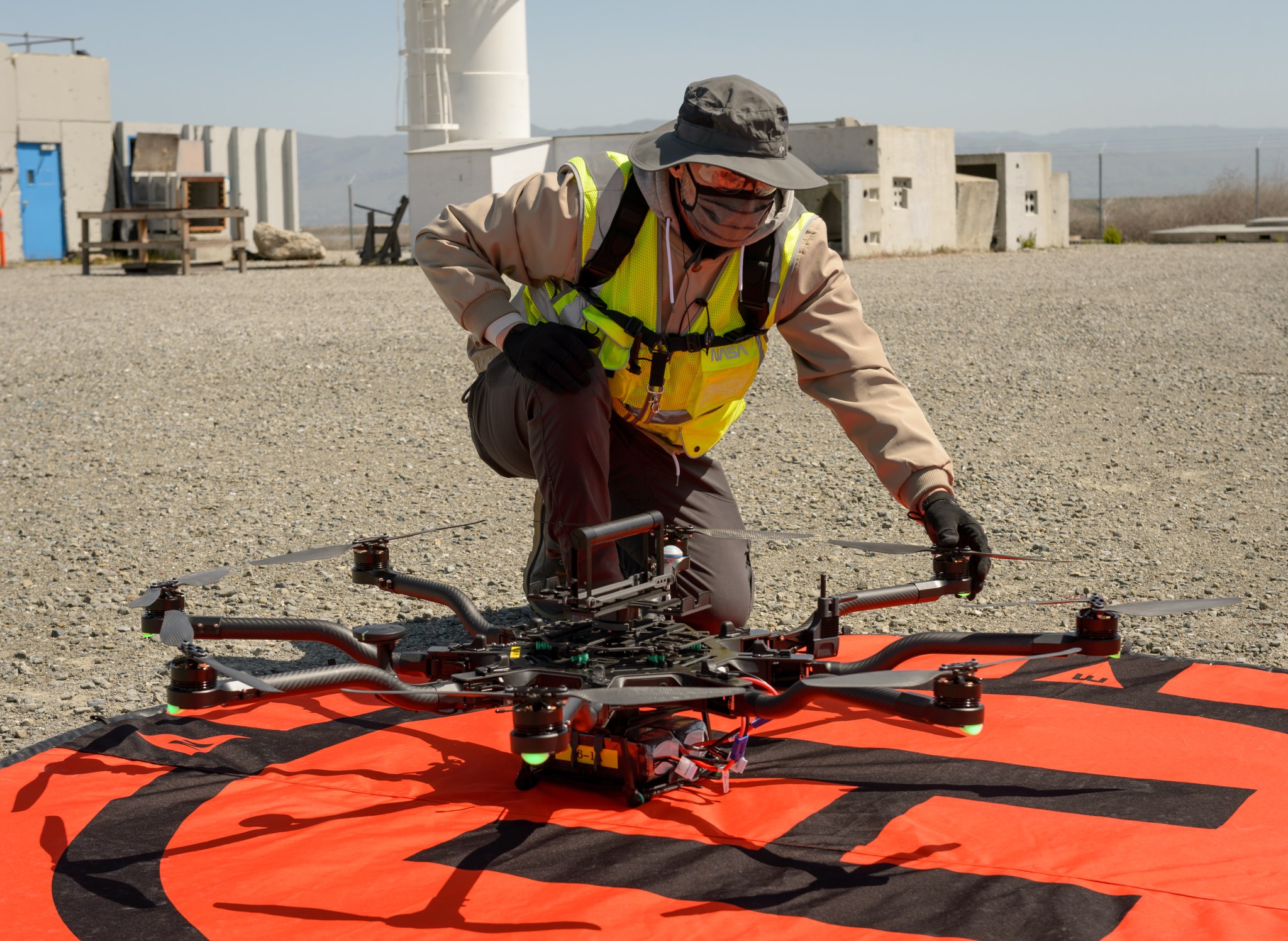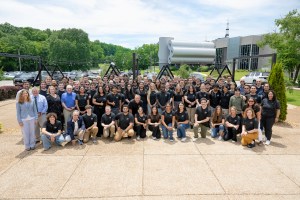NASA Aeronautics has released a new STEM toolkit focusing on Advanced Air Mobility for educators and students of all ages.
The toolkit, comprised of numerous educational activities, is a free resource for anyone who is interested in learning more about the Advanced Air Mobility mission’s goal of enabling the use of drones and other new aircraft in our skies.
Students can engage with the principles of Advanced Air Mobility in a variety of ways – including hands-on activities on topics such as coding, math, energy, the environment, and more. It is one of three STEM toolkits focusing on NASA’s aeronautics research – the others being Sustainable Aviation and the Quesst mission.
The Advanced Air Mobility STEM toolkit provides excellent, cross-curricular ways to learn about the scientific concepts behind drone flight…

April Lanotte
NASA Aeronautics STEM Lead
“The Advanced Air Mobility STEM toolkit provides excellent, cross-curricular ways to learn about the scientific concepts behind drone flight without even needing to have a drone,” said April Lanotte, NASA Aeronautics’ lead for STEM integration. “The toolkit has something for people of all ages in all types of educational environments.”
For example, one activity in the toolkit involves creating an art poster to explore and highlight original ideas for drone safety and the safe use of drones.
An activity named Robotic Search and Rescue has students interact with real-world uses for drones – in this case, emergency response operations. As part of the activity, a team of students create and test their own responses to challenges first responders may face.
In another activity, students engage in cooperative game play to simulate a drone navigating around obstacles to deliver their lunch to school. The simulation engages students in computational thinking, problem solving, and real-world application of mathematics.
What’s more, many of these activities are aligned with national standards to meet educational requirements in the classroom. The toolkit also includes levelled readers, videos, and e-books, and is updated regularly with new material.
“It’s really a living toolkit. Advanced Air Mobility is a constantly evolving field, so we’re always adding new things to keep up with it,” said Lanotte. “Not just related to drones themselves, but also the infrastructure, coding, and other engineering challenges needed to support those vehicles in the future.”
The Advanced Air Mobility toolkit, along with the rest of NASA Aeronautics’ comprehensive STEM resources, is available on the Aeronautics STEM webpage.
































